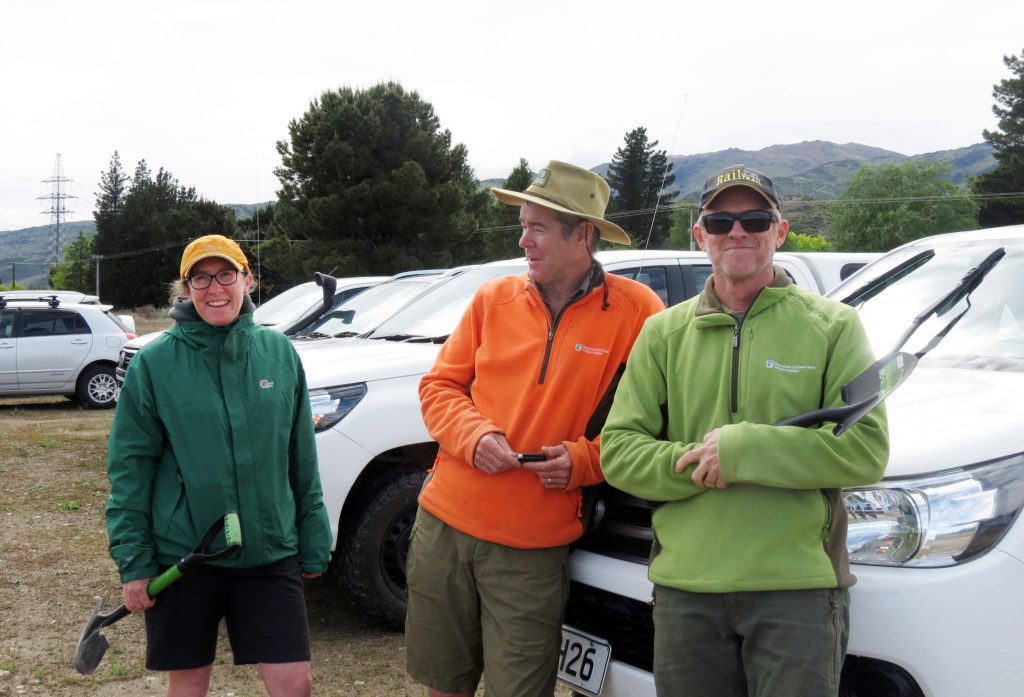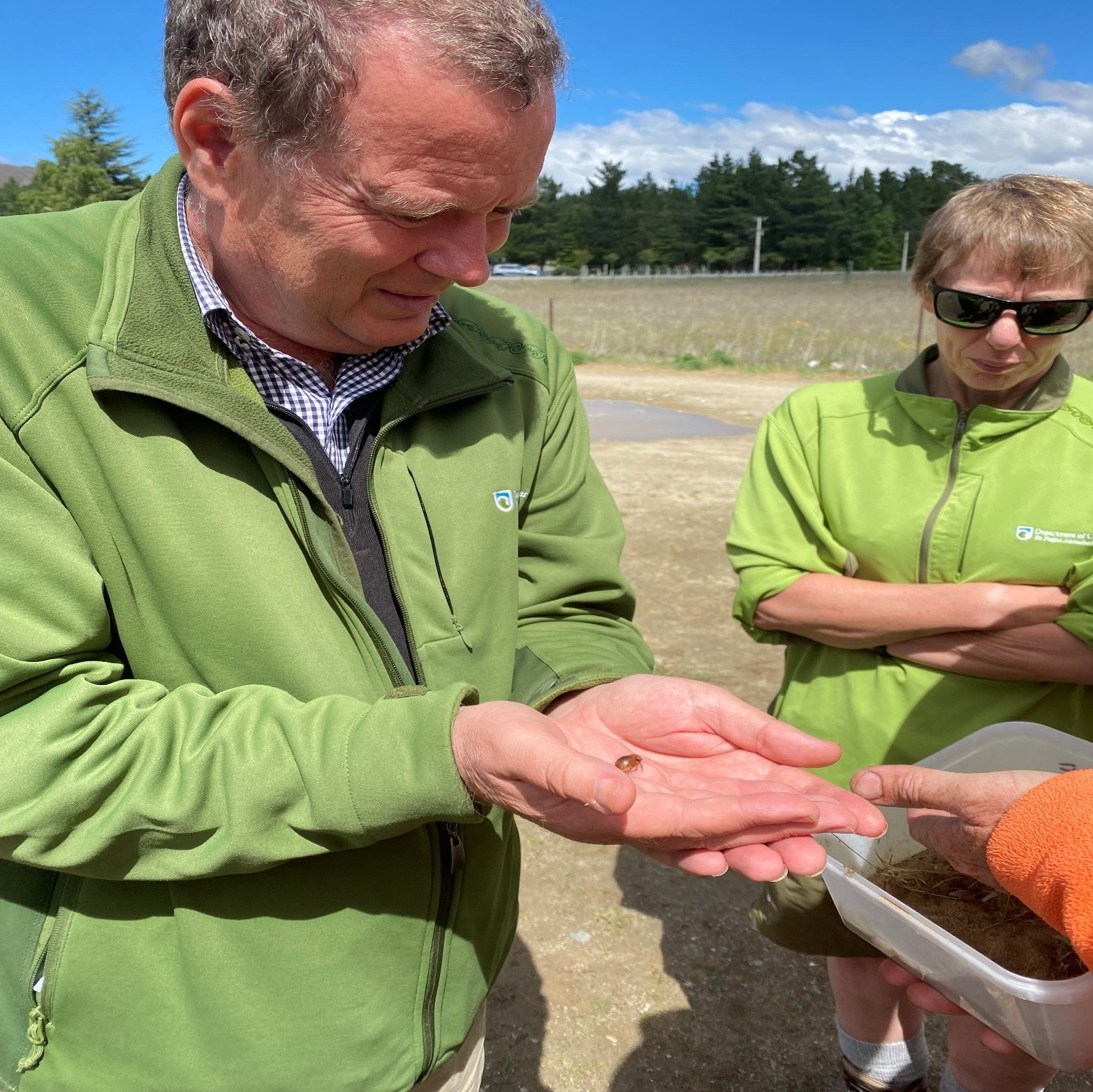Protecting the nationally endangered chafer beetle is an ongoing challenge for the Department of Conservation, so when the Central Otago District Council proposed changes to its spatial plan for Cromwell, it had to oppose some of them.
The Cromwell chafer beetle (Prodontria lewisi) is a large flightless beetle that lives underground, only emerging at night in spring and summer to feed on plants and to breed.
It is nationally critical and can only be found at the Cromwell Chafer Beetle Nature Reserve (between Cromwell and Bannockburn, in Central Otago).
The 81ha reserve was established in 1979 and is the only reserve in the world created solely for the protection of an invertebrate.
To help protect it, Doc has filed partial opposition to proposed changes to the Central Otago District Council’s Cromwell spatial plan.
The change known as Plan Change 18, is a Central Otago District Council proposal to rezone 52ha of council-owned land from rural to industrial.
Filed on behalf of the directorgeneral of conservation by Central Otago district operations manager Nicola Holmes, Doc’s submission sought that a 25m-wide strip of land bordering the reserve be removed from the proposed industrial zone.
Doc’s preference would be for that strip to be zoned as open space, providing both a buffer and public access, or a nobuilding restriction to limit damage from development.
The reserve was not just under threat of human interference, it also needed protection from predators.

While Doc awaits a council response or hearing to discuss the changes, staff get on with looking after the reserve.
Doc deputy director-general operations Henry Weston recently stopped by to help during a visit to the region.
During the visit, the group slipped on shirts, slapped on sunscreen and donned boots, gaiters and gloves for a day of spider stomping — destroying rabbit burrows and scrapes that offer ideal habitats for redback spiders, which eat chafer beetles.
Ms Holmes said Mr Weston enjoyed connecting with the team and participating in the spider-control mahi alongside the rangers.
It was the first of two important chafer events on the Doc calendar, the second being a survey of the population density scheduled for December.
Doc biodiversity ranger Central Otago Ross Curtis said Cromwell chafers generally lay eggs in spring and summer, which pupate into adults the following spring.
‘‘We do monthly checks of the security of the rabbit netting around the reserve boundary and carry out rabbit control two to three times a year,’’ he said.
The population is considered stable but listed as nationally endangered and conservation dependent.
‘‘There are ongoing conservation efforts by Doc and AgResearch, looking at captive breeding and establishing a back-up population atanother dryland site in the Clutha Valley.’’





